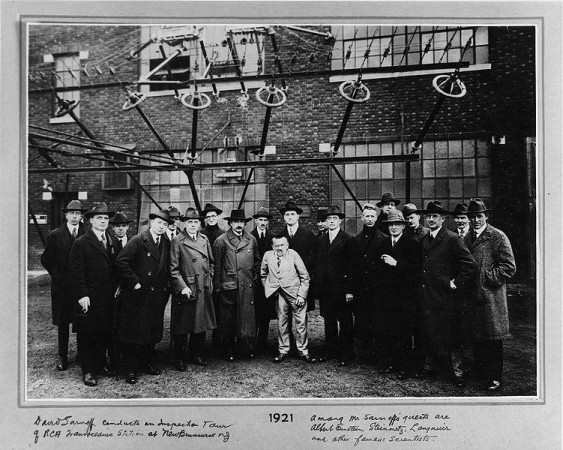My Dad, who has been an electrical engineer for 40-odd years, likes to tell this apocryphal story about Charles Proteus Steinmetz, the famous German-American engineer who, in the early days of General Electric, was a pioneer in the development of alternating current technologies, specifically power transmission and A/C electric motors:
Late in Steinmetz’ life, he was called in to consult on a vibration problem in a newly-installed piece of large, rotating machinery at a major factory. Steinmetz—who was afflicted with dwarfism, hunchback, and hip dysplasia, and stood only 4’3″ tall—looked over the blueprints for the machinery, examined it, took measurements, scratched figures.
“Bring me a drill,” he said, eventually, “with a one-inch bit.”
So tooled, he climbed up on a large electric motor, located just the right spot, and drilled a single hole in the casing.
“That,” he said, “should fix it.”
And, of course, it did. The machinery turned smoothly, everyone shook the great man’s hand, and he departed.
Weeks later, the management received a bill for $10,000. Steinmetz died in 1923; using that year as a base and adjusting for inflation gives just over $125,000 in 2010 dollars—a princely sum for a few hours’ work. Chagrined, the company responded with a respectful request for an itemized invoice. To which, the story goes, they received the following reply:
Drilling hole in motor casing: $2.00
Knowing where to drill hole: $9,998.00
TOTAL: $10,000.00

